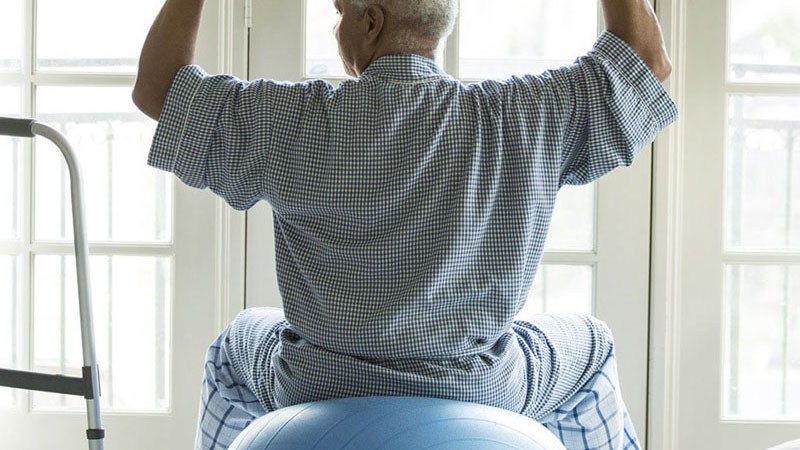
Arthritis means inflammation of the joints. Osteoarthritis is just one type of arthritis. It is common as we get older in life. When it sets in, the rubbery material between the bones at the joint, called cartilage, starts to wear off. This gradually worsens over time. It can affect any joint, but commonly affects the hands, knees and hips. Common symptoms include pain, stiffness, swelling, and difficulty moving the joint. Activity can make the pain worse.
According to the Centers for Disease Control and Prevention, more than 30 million people in the United States suffer from osteoarthritis. Women over the age of 50 are more likely to be affected compared to men. Arthritis treatment depends on how severe your symptoms are and which joints are impacted. Treatment can reduce symptoms, optimize function, and slow the progression of this condition. Your health care provider will work with you to create an individualized treatment tailored to your needs, goals and values.
Here are some treatment options:
- Rest: Arthritis symptoms worsen with activity and are relieved by rest. Rest can relieve pain of arthritis. Caution: Resting for too long is not advisable as this can lead to deconditioning.
- Medications: These include acetaminophen (Tylenol and others) and Nonsteroidal anti-inflammatory agents (such as ibuprofen, naproxen, and others). Joint injection with steroid and hyaluronate may also be used. Creams such as capsaicin cream and diclofenac cream may also be useful. Narcotic pain medications may help for short-term relief. Caution: Narcotics are NOT recommended for long-term use because they can be addictive.
- Weight loss (if overweight): Obesity has been linked to the development of osteoarthritis. Loss of 10 percent of body weight through diet and exercise has been associated with reduction in pain.
- Assistive devices: Walkers, canes and grab bars can make it easier to perform activities of daily living and reduce joint stress. Your health care provider will help you decide which assistive device is best for you.
- Orthoses: These can reduce stress on the joint and help stabilize unstable joints. They include things such as cushioned shoes, splints and braces.
- Hot or cold compress: Heat can be applied to the joint using hot packs, heating pads, hot water bottles. To avoid burns, use warm water for no longer than 20 minutes at a time. Cold compress can be applied using ice packs or coolant sprays. Hot or cold compress can relieve arthritic pain.
- Physical therapy: This would reduce pain and increase muscle strength. This often involves a combination of aerobic and strengthening exercises.
- Surgery: Meant for severe arthritis that does not respond to treatment. This usually involves joint replacement. Your doctor will check to make sure you are in the best physical condition for surgery. Surgery is usually followed by a period of rehabilitation.
- Dietary Supplements: In controlled trials, glucosamine was not more effective than placebo. Chondroitin appears to provide minimal benefit. The combination of the two has not been proven to have much benefit.
Osteoarthritis does not have to be debilitating. Talk to your physician about ways to treat and manage this condition, so you can get back to better living.
